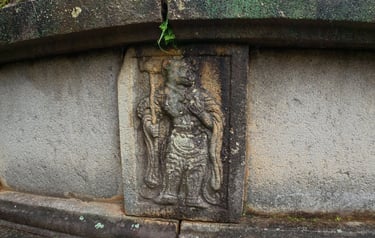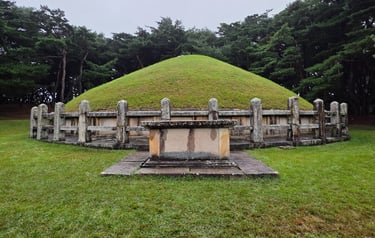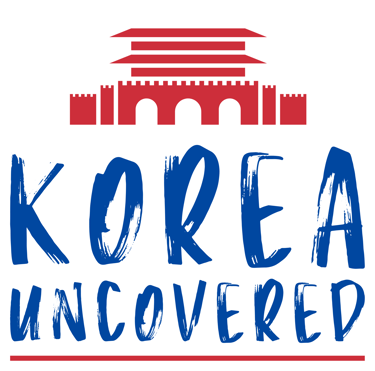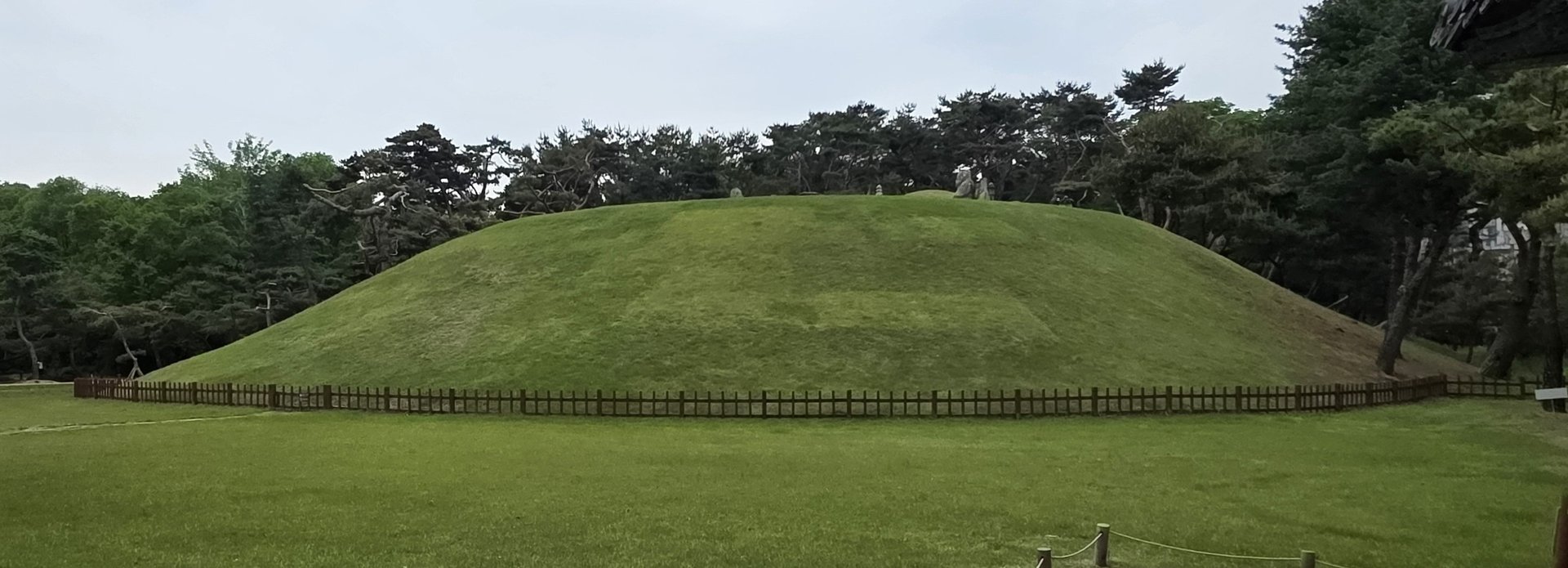
Shrines and Tombs
Buyeo Royal Tombs Park
Buyeo Royal Tombs Park is located on Neungsan-ri Mountain in Buyeo. The park itself is a very spacious area with grass and trees that is a great place to take a walk, and within that space there are a total of 16 Baekje Kingdom Sabi period (538 to 660 CE) tombs which are split into three different groups. Seven of the tombs are believed to belong to royalty, and it is these that are known as the Neungsan-ri ancient tombs that are protected as part of the Baekje Historic Areas UNESCO World Heritage Site. Tombs were built differently depending on the historical period, and the park has a very helpful full size replica tomb that you can enter to see how tombs of this period were constructed. There is also a small art museum on site where you can see models and copies of some of the artworks discovered in the tombs. The sites of Neungsan-ri Temple and Buyeo Naseong Fortress are located right next to the site too, making it a great place for an extended visit.
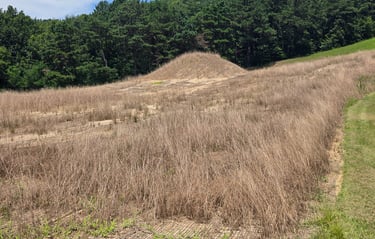

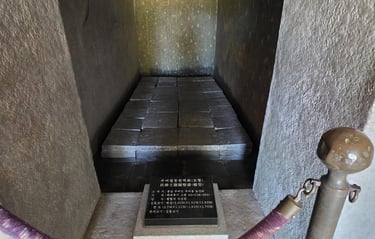

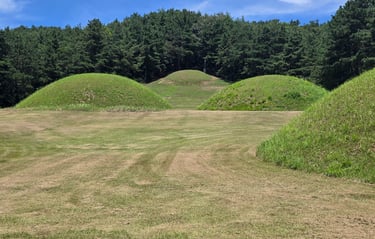

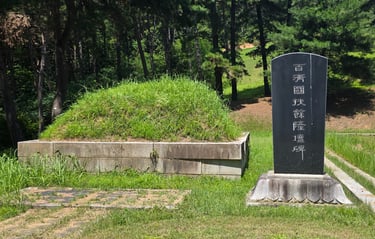

Daereungwon Tomb Complex
Daereungwon Tomb Complex is a beautiful enclosed park like area literally right across the road from Cheomseongdae Observatory in Gyeongju. The complex houses several Silla period tumuli, including that of King Michu, who ruled the Silla Kingdom between 262 and 264 CE. One of the tombs, which is named Cheonmachong or the Heavenly Horse Tomb because of a beautiful painting found there, was excavated in the 1970s. Cheonmachong is not the biggest of the tombs at this location, yet a huge 11,000+ artefacts were recovered. The site was later redeveloped to allow visitor access. Inside the tomb you can see some of the artefacts recovered, along with a reconstruction of the burial itself, digitizations and sections of the original stone mound wall. This is an excellent place to visit if you want to further understand what the inside of tumuli might look like. Full of interesting insights into Silla burial culture.
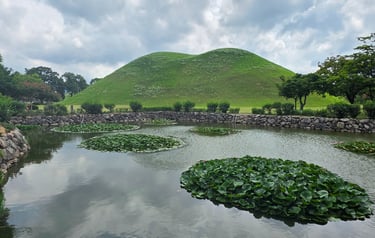


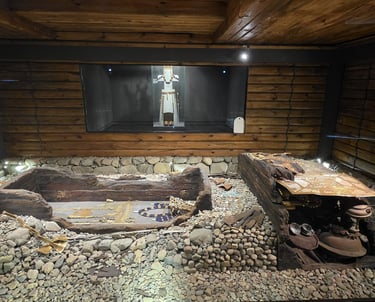
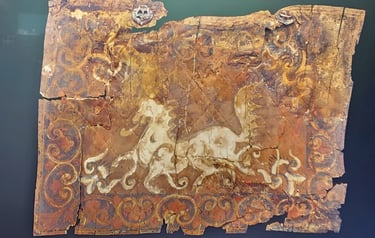

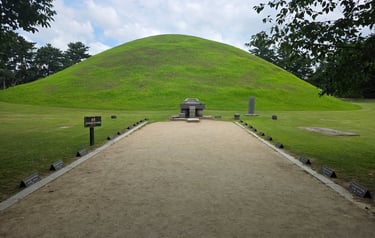

Jongmyo Shrine
Jongmyo Shrine in Seoul houses the spirit tablets of the deceased kings and queens of the Joseon Dynasty and is also a place for ancestral rights. Spirit tablets are rectangular plaques made of wood or stone that would have the name of the deceased inscribed on them and which were used to honour the deceased. There are numerous buildings, but the main areas are Jeongjeon, the main hall, and Yeongnyeongjeon (otherwise known as the Hall of Eternal Peace), which is an annexe that was built when Jeongjeon could accommodate no further spirit tablets. The shrine was completed in 1395, burned down during the Imjin War (1592-1598) and then rebuilt in the early 1600s. Today, Jongmyo Shrine is not only a wonderful example of Confucian architecture, but also a UNESCO World Heritage Site. Its royal ancestral rites (Jongmyo Jerye) and ritual music (Jongmyo Jeryeak) are inscribed on the UNESCO Representative List of the Intangible Cultural Heritage of Humanity and are still performed annually. If you plan to visit during such special events, do check for any specific or changed entry requirements.
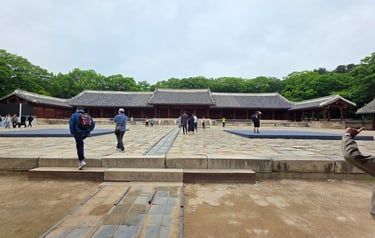

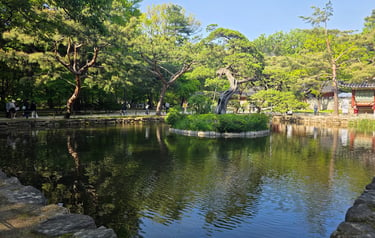

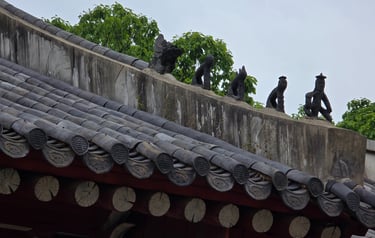

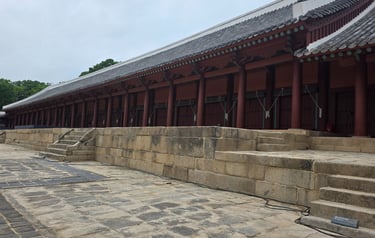

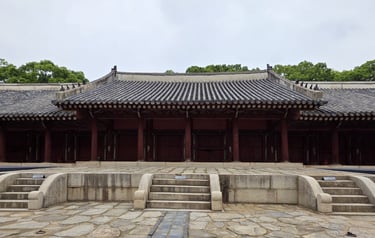

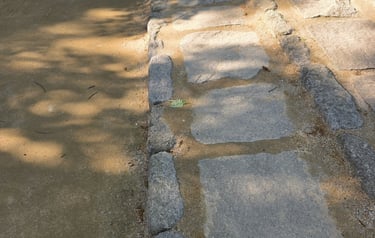

Oreung, Five Royal Tombs
The Five Royal Tombs, known as Oreung in Korean, is a collection of Silla Dynasty royal tombs that are around a 20-minute bus ride from the Daereungwon Tomb Complex area in Gyeongju. These tumuli belong to four kings and one queen, including King Park Hyeokgeose, the founder of the Silla Dynasty who reigned between 57 BCE and 4 CE. Another one of the tombs belongs to his wife, Queen Aryeong, the only queen to be buried here. As well as viewing the tombs, this is a really lovely area to go for a walk as it is extremely peaceful and even has deer roaming around. Within the tomb complex you can also visit Sungdeokjeon Shrine, which houses the ancestral tablet belonging to King Park Hyeokgeose.
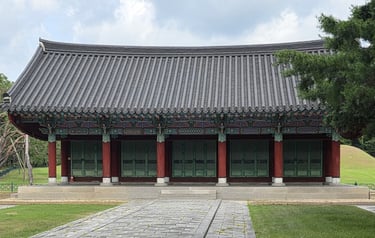

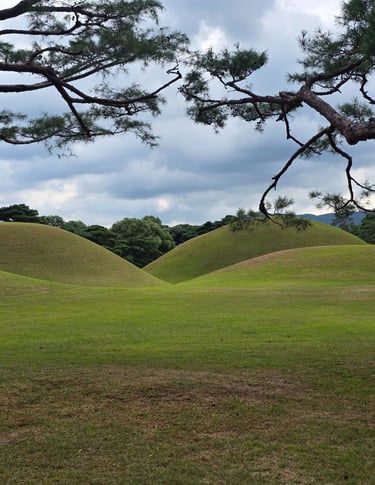

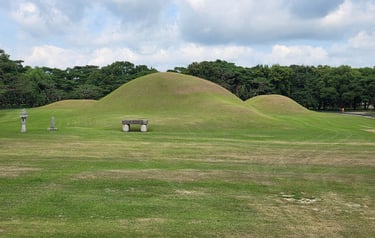

Seolleung and Jeongneung Royal Tombs
The Seolleung and Jeongneung Royal Tombs feel like hidden gems compared to many of the other cultural heritage sites in Seoul as they are set within a large and relatively quiet wooded park area, making it feel like a much more relaxing experience for visitors. The tombs form part of a collection of 40 tombs scattered around 18 locations that have been given UNESCO World Heritage Site status as 'Royal Tombs of the Joseon Dynasty'. Seolleung and Jeongneung are two such examples, and between them they form the resting places of three individuals. The first tomb houses King Seongjong and his wife, Queen Jeonghyeon. The second tomb houses King Jungjong, who was the son of King Seongjong and Queen Jeonghyeon. The site was significantly damaged during the Imjin War (1592-1598), but historical records show that it was rebuilt, excluding some stone pieces that were left broken as a reminder of what had happened. A visible reminder of this can be seen next to the tomb of King Seongjong and Queen Jeonghyeon, where a broken stone pillar lies on the ground partly covered in vegetation.
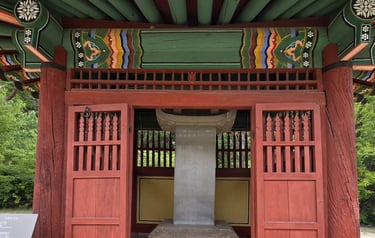

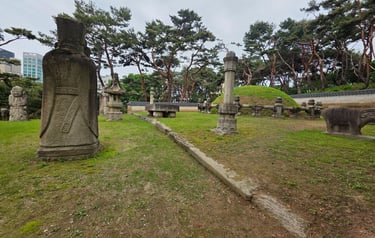

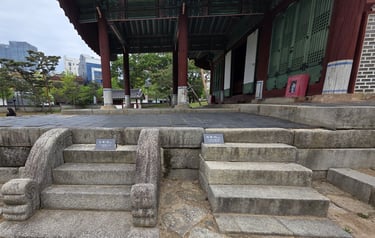


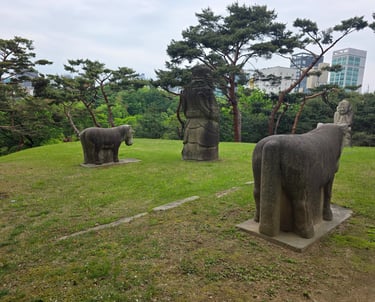
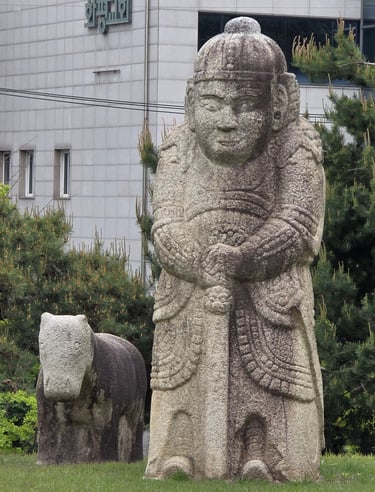

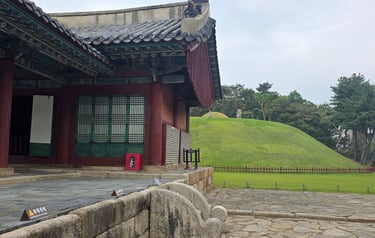

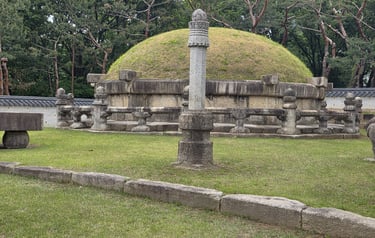

The tomb areas are enclosed, but it is possible to get close enough to view most of their contents, which include a burial mound and various stone objects. There are also other open areas connected with the tombs. The most visible fo these are the tomb keeper's houses. Each of the tombs has a tomb keeper's house which can be fully viewed, although entry is not allowed. The purpose of the house and the activities that took place there, which are connected to the carrying out of ancestral rites, are explained through an interpretation panel. The tomb keeper's house has two sets of steps leading up to it, one for the king and one for spirits. This is a theme that can be seen elsewhere on the site in the form of a spirit path that was built to help guide the spirit of the deceased to the afterlife. You can also see a building that houses a stele - an upright commemorative stone, and a large gate connected to the spirit path. A small visitor centre gives more detail on the historical significance of the site, on the other tombs that form the larger UNESCO World Heritage Site cluster, and on the relationship between the Seolleung and Jeongneung Royal Tombs and Bongeunsa Temple, which was originally called Gyeonseongsa Temple.
Sungdeokjeon Shrine
Sungdeokjeon Shrine is located within the Silla period Oreung tomb complex in Gyeongju, just to the east of the royal tombs. It houses the ancestral tablet of King Park Hyeokgeose, the founder of the Silla Dynasty who reigned between 57 BCE and 4 CE, and whose royal tomb sits closeby. The shrine was built in 1429 on the order of the Joseon Dynasty's King Sejong, was burned down during the Imjin War (1592 to 1598), rebuilt in 1600 and later repaired, but little has changed since 1735. The shrine itself is very compact and enclosed by a wall, and a stele stands next to the enclosed space which was erected in 1759 and records the history of both the site and King Park Hyeokgeose. Aryeongjeong Well, which is said to be the birthplace of Queen Aryeong, the wife of King Park Hyeokgeose and whose tomb is also closeby, lies behind the shrine.
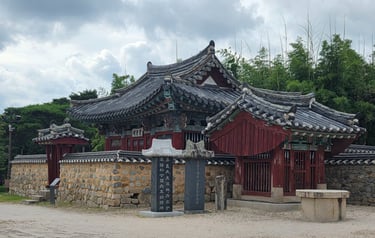

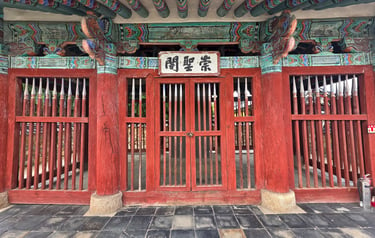

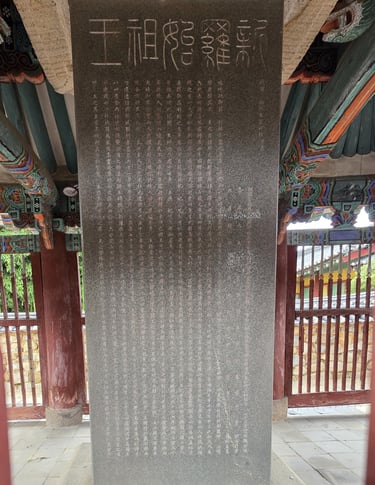

Sungmokjeon Shrine
Sungmokjeon Shrine is located within the Baekje period Buyeo Royal Tombs Park. It is not a historical site but has been included here due to its modern day role in the continuation of honouring the dead. It was built between 2016 and 2019 with the purpose of honouring King Onjo, the founder of the Baekje Kingdom, and six Baekje Kingdom Sabi period rulers - King Seong, King Wideok, King Hye, King Beop, King Mu and King Uija. The site is used for annual ancestral rituals that had previously taken place within Buyeo Royal Tombs Park, and also houses the ancestral tablets of the seven kings. The construction of Sungmokjeon Shrine is part of a plan to develop local heritage sites and tourism and with this in mind it will serve as a location for ritual activities as part of the annual Baekje Cultural Festival.
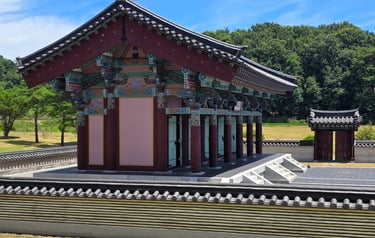

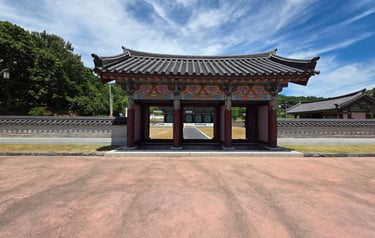

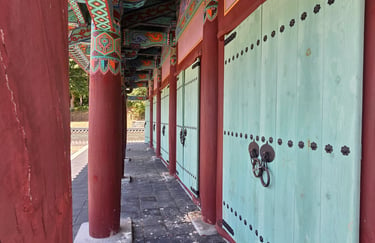

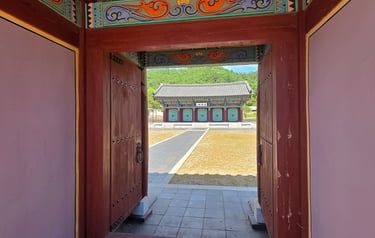

Tomb of King Munmu
The city of Gyeongju may be filled with Silla period tombs, but if you want to see a tomb totally unlike any of these, then you should visit the Tomb of King Munmu (626-681), the 30th ruler of Silla (661-681). The tomb is in fact a sea burial, located in the village of Bonggil-ri, which is around two and a half hours away from central Gyeongju by bus. The tomb is located a few hundred metres away from the shore, and above the sea all that can be seen are the rocks that surround the tomb, but it is believed that that King Munmu's remains are buried under the turtle shaped rock that lies under the water. The king wished to buried this way as he believed that he could be reincarnated as a dragon that could defend the kingdom from invaders. More detailed pictures of the tomb itself can be found on the Korea Heritage Service website.
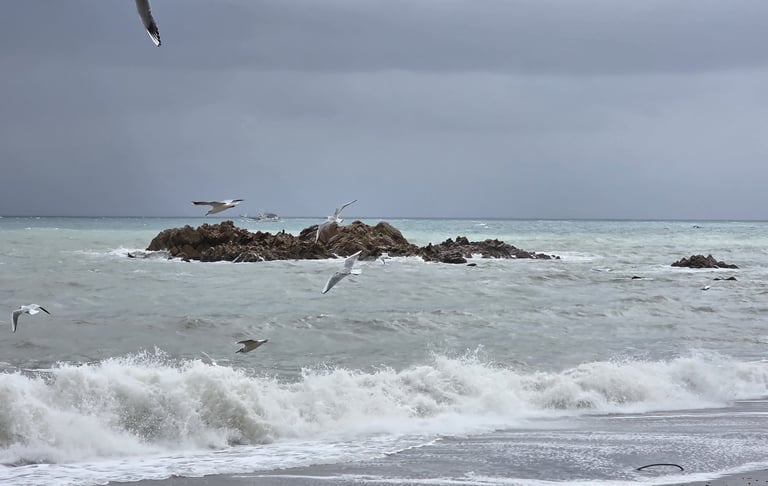

Tomb of King Muyeol
King Muyeol (604-661) was the 29th ruler of Silla (654-661) and his tomb is one of many preserved Silla Dynasty tombs that can be found in the city of Gyeongju. It is located around a 30-minute bus ride away from Hwangnidan-gil, the main tourist street, at the bottom of Mount Seondosan. The tomb lies in a large park like area that includes a number of other tumuli that are presumed to also belong to Silla Dynasty kings. However, King Muyeol's tomb is the only identifiable tomb amongst these due to the partial remains of a nearby stele bearing his name. Also nearby can be found a very beautiful and very large stone tortoise and capstone. King Muyeol is best known for his attempts to bring together the Three Kingdoms (Silla, Goguryeo and Baekje), although he did not accomplish this before his death in 661.
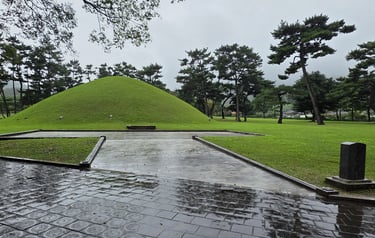

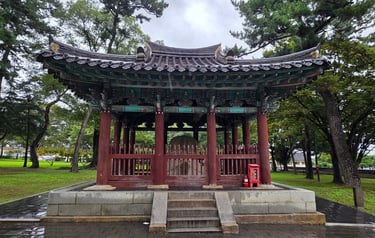

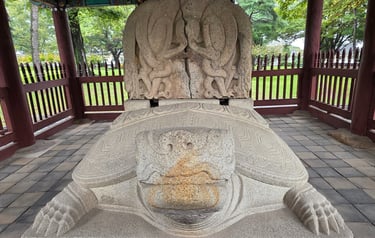

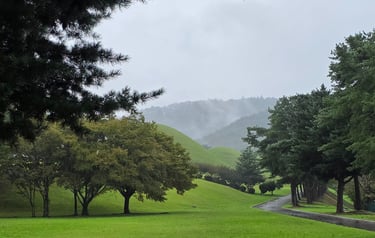

Tomb of King Wonseong
King Wonseong was the 38th ruler of Silla (785-798). His tomb, known as Gwaereung, is one of the best preserved Silla period tombs in Gyeongju. It lies around a 45-minute bus ride away from the Cheomseongdae/Daereungwon area and its completeness makes it well worth a visit. The tomb combines both Silla and Tang Dynasty features and stands in its own enclosed space surrounded by a wall that incorporates sculptures of the twelve Zodiac animals. As you encircle the tomb you can see that some of the sculptures are very faint and weatherworn, whilst others can be made out very clearly. Close to and flanking the tomb are a number of large sculptures - pairs of lions, two different kinds of guards and stone pillars. The guard statues are particularly interesting, as their faces resemble people that originated overseas.
